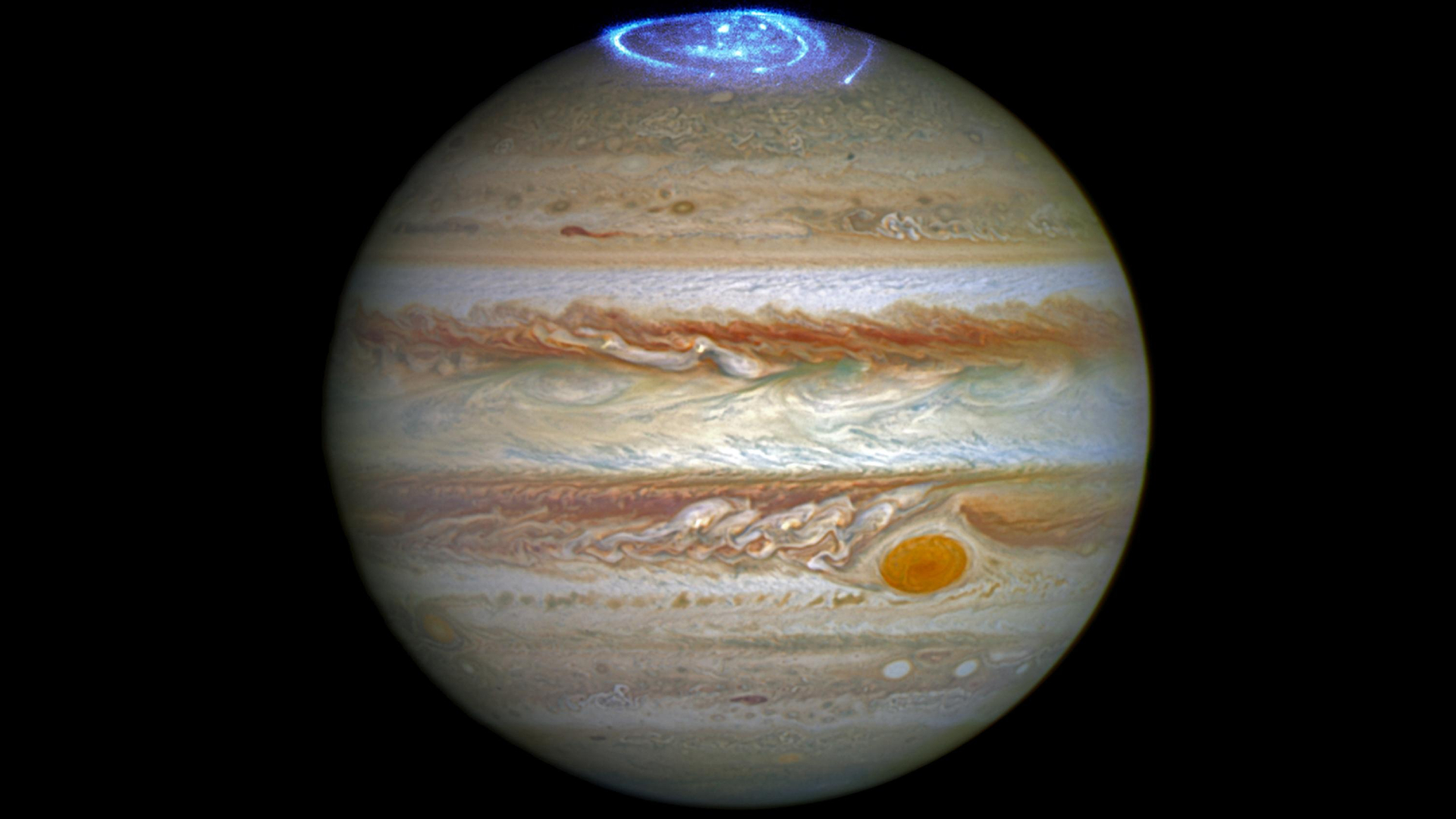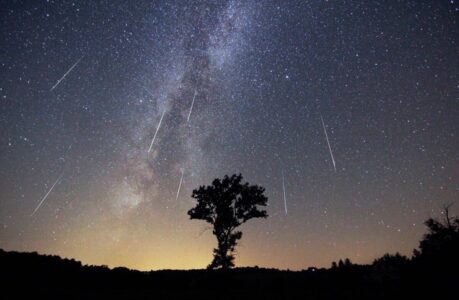Discover the Celestial Wonders of the Emerald Isle
When October arrives in Ireland, the lush green landscapes begin their transformation into a vibrant tapestry of autumnal colors. While the days become shorter and the air crisper, the Irish night sky takes center stage as a canvas of celestial wonders. In this guide, we will embark on a journey through the star-studded heavens above Ireland in October, revealing the astronomical marvels awaiting stargazers. From meteor showers and constellations to planets and deep-sky objects, let’s delve into the captivating celestial show that graces the Irish skies during this enchanting month.
The Cosmic Playground
Ireland’s Unique Location
Ireland’s geographical location, nestled in the North Atlantic Ocean, offers a unique perspective on the night sky. Positioned at approximately 53 degrees latitude north, it is far enough from the equator to experience the changing seasons, including the astronomical delights that October brings. The country’s relatively low light pollution, especially in rural areas, further enhances its suitability for stargazing, making it a haven for both amateur and professional astronomers.
Dark Skies of Ireland
Ireland is renowned for its “Dark Sky” locations, certified by the International Dark-Sky Association (IDA). These designated areas prioritize minimal light pollution, ensuring an unobstructed view of celestial wonders. One such location is the Kerry International Dark Sky Reserve, where the night sky takes center stage, revealing an array of astronomical treasures. Whether you’re a seasoned astronomer or a novice enthusiast, October offers a perfect opportunity to witness the celestial magic unfolding above.
Celestial Highlights in October
1. Orionid Meteor Shower
When Shooting Stars Grace the Night
Every October, stargazers worldwide eagerly anticipate the Orionid meteor shower. Named after the prominent constellation Orion the Hunter, this meteor shower is a remnant of Halley’s Comet, which graces our skies approximately once every 76 years. Fortunately, you don’t have to wait that long to witness its cosmic legacy.
When: The Orionid meteor shower typically peaks around the 20th of October, but you can observe meteors from this shower throughout the month.
Where: To witness this celestial spectacle, head to a dark sky location away from city lights, such as the Kerry International Dark Sky Reserve or the Burren Dark Sky Park.

What to Expect: During its peak, the Orionid meteor shower can produce up to 20 meteors per hour. These fast-moving meteors appear to originate from the constellation Orion, specifically from its left shoulder known as Betelgeuse. With the absence of a bright moon in the night sky during this period, conditions are ideal for meteor watching.
2. Pegasus and Andromeda Galaxy
Portal to Other Galaxies
As October progresses, the Great Square of Pegasus becomes increasingly prominent in the eastern evening sky. This square-shaped asterism serves as a gateway to a neighboring galaxy, the Andromeda Galaxy (M31), which is our nearest spiral galaxy.
When: Look for Pegasus and the Andromeda Galaxy rising in the east after sunset during October evenings.
Where: You can spot Pegasus and Andromeda from virtually any dark sky location in Ireland, making it an accessible target for budding astronomers.
What to Expect: While the Andromeda Galaxy itself appears as a faint, hazy patch to the naked eye, a pair of binoculars or a small telescope will reveal its true splendor. This massive spiral galaxy, located over 2.5 million light-years away, is on a collision course with our Milky Way and is a fascinating object to observe in the night sky.
3. The Autumn Constellations
Connecting the Starry Dots
One of the joys of stargazing is tracing the patterns of constellations and understanding their stories. In October, several iconic constellations dominate the Irish night sky, making it an ideal time for constellation spotting.
Pisces (The Fish): Pisces, often referred to as the “V” shape in the sky, is visible in the eastern part of the sky during October evenings. This constellation is associated with the story of Aphrodite and Eros, who transformed into fish to escape the monster Typhon.
Aries (The Ram): Aries, another Zodiac constellation, can be found to the south of Pisces. Its distinctive shape resembles a horned ram and is relatively easy to spot.
Taurus (The Bull): Taurus, featuring the dazzling star cluster Pleiades (M45) and the red giant Aldebaran, graces the night sky during October. Look to the east to spot this beautiful constellation.
Cassiopeia (The Queen): Cassiopeia, shaped like a “W” or “M” depending on its orientation, is circumpolar in Ireland, meaning it never sets and is visible all night long. It’s a fantastic constellation for beginners to start their celestial journey.
4. The Gas Giants: Jupiter and Saturn
Glimpsing the Giant Worlds
The gas giants of our solar system, Jupiter and Saturn, often steal the celestial spotlight. In October, these two colossal planets offer captivating views through telescopes.
Jupiter: Known for its mesmerizing cloud bands and the Galilean moons, Jupiter shines brightly in the evening sky. Its dynamic atmosphere and ever-changing moon positions make it a favorite target for astronomers.

Saturn: With its stunning ring system, Saturn is a jewel of the night sky. During October, it gradually descends towards the western horizon after sunset. Observing Saturn through a telescope reveals the intricate details of its rings, a sight that never fails to awe.
Observing Tips and Tools
1. Light Pollution
Seeking the Darkest Skies
When planning your stargazing adventure in Ireland, it’s crucial to choose a location with minimal light pollution. Light pollution from cities and towns can significantly diminish the visibility of celestial objects. Consider heading to designated Dark Sky reserves or parks, where light pollution is carefully controlled to provide the best possible viewing conditions.
2. Astronomy Apps
Guiding Stars in the Palm of Your Hand
In the age of smartphones, astronomy apps have become invaluable tools for stargazers. Apps like SkySafari, Star Walk, and Stellarium allow you to identify constellations, planets, and stars with ease. Simply point your phone towards the sky, and the app will display a real-time map of the night sky.
3. Telescopes and Binoculars
Bringing the Universe Closer
While many celestial wonders can be appreciated with the naked eye, investing in a pair of binoculars or a telescope can enhance your stargazing experience. Binoculars are excellent for observing star clusters and large celestial objects, while telescopes reveal intricate details on planets and distant galaxies.
4. Patience and Adaptation
Embracing the Night
Stargazing requires patience and adaptability. The night sky is ever-changing, and weather conditions can be unpredictable. To maximize your chances of a successful stargazing session, be prepared to wait for the right moments and have a backup plan in case clouds obstruct your view.
Conclusion
October in Ireland unveils a celestial wonderland that beckons both seasoned astronomers and newcomers to gaze upward in awe. From meteor showers and constellations to distant galaxies and giant planets, the night sky offers an endless source of fascination. So, mark your calendars, pack your binoculars or telescopes, and venture into the Irish countryside to witness the mesmerizing beauty of the cosmos that graces the Emerald Isle every October night.
Note: The universe is ever-evolving, and celestial events may vary from year to year. Be sure to check astronomy websites and event calendars for the most up-to-date information on celestial phenomena in October.

